How to Grow Brassicas
It’s a big family with many wacky relatives, but they have remarkably similar needs
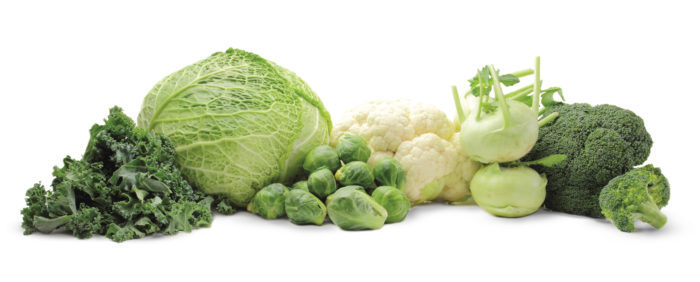
The genus Brassica is impressively large and diverse, selectively bred by many cultures to produce delicious roots, leaves, stems, and flower buds. One particularly widespread species, Brassica oleracea, was cultivated in coastal Europe and the Mediterranean region, and over many generations, it became the broccoli, cauliflower, Brussels sprouts, cabbage, kale, kohlrabi, and collards we know today. Another widely distributed species, Brassica rapa, grew in Europe, Asia, and North Africa, where agricultural selection brought turnips, bok choy, tatsoi, mizuna, napa cabbage, and purple mustard greens to the world table.
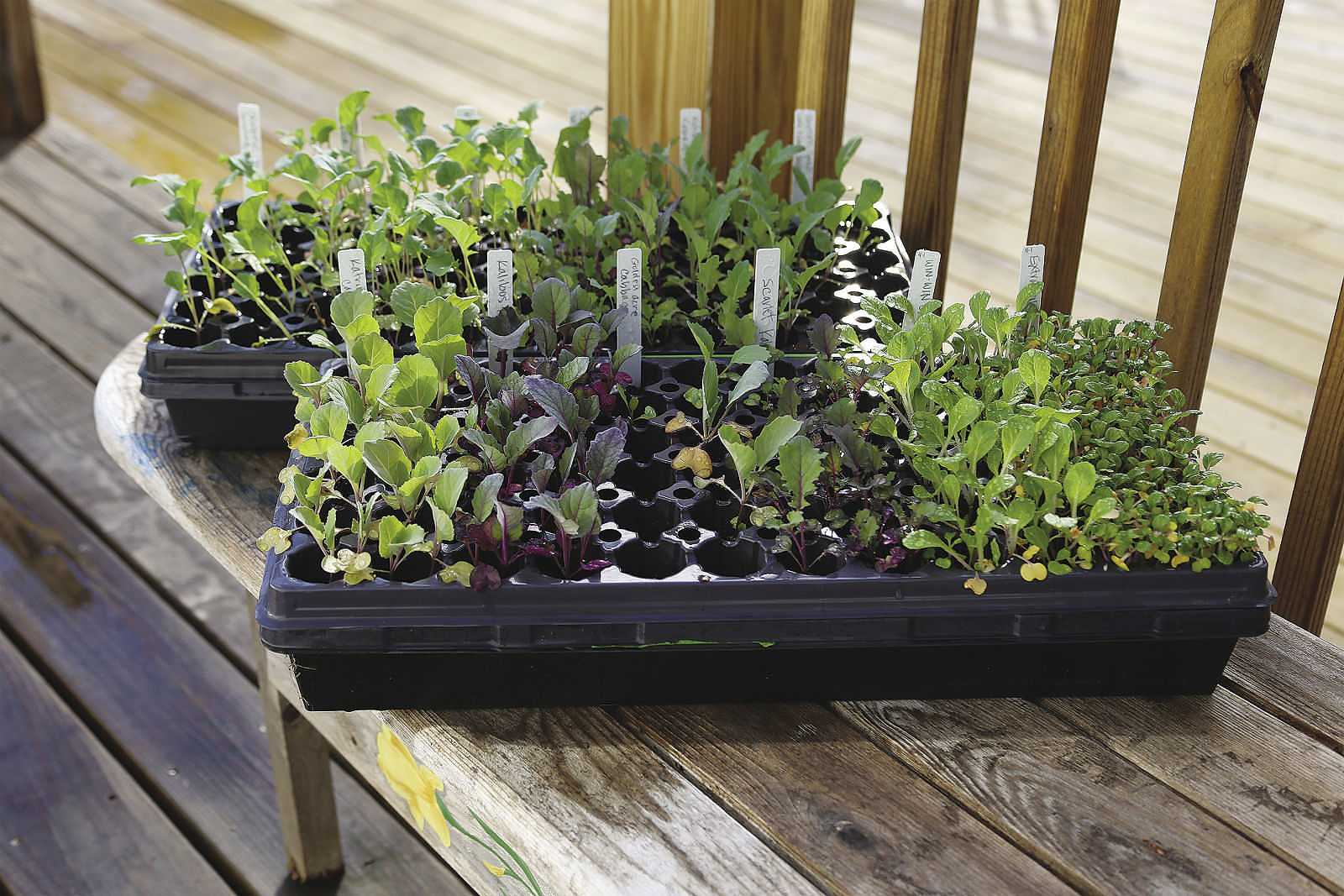
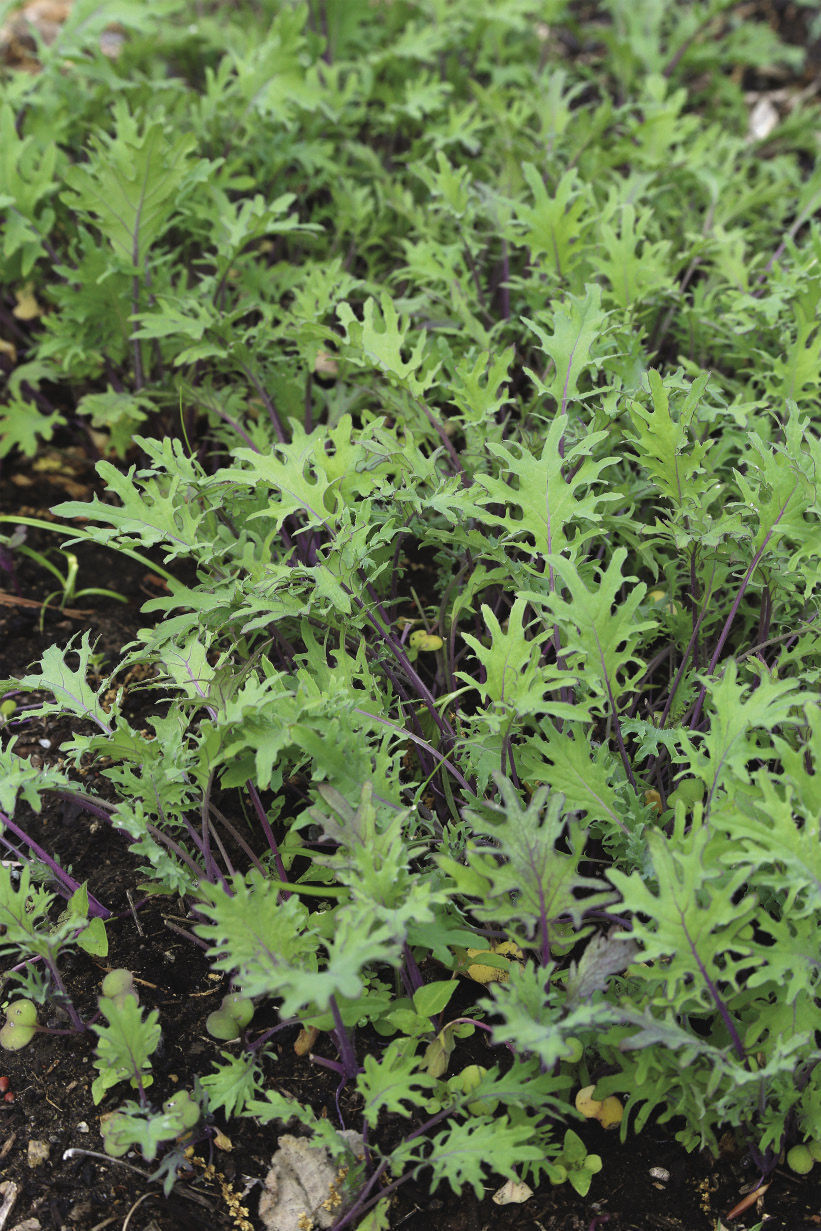
Although we eat different parts of these plants and they can look quite different from one another, most brassicas have similar growing requirements. They all like cool, wet weather and grow beautifully in the spring and fall. The trickiest part of growing brassicas is timing the planting and harvest to take advantage of cool weather. Aside from that, your main objectives will be to provide nutrient-rich soil and plenty of water to these hungry, thirsty plants.
Give them a great start
Brassica seeds are tiny and should be planted at a depth of about ¼ inch. Unless you are direct seeding a bed of baby greens, I recommend starting seedlings indoors 4 to 6 weeks before planting them in the garden. A 72-cell plug tray is an ideal size for brassica starts, or you can start smaller quantities in six packs.
Spring crops may be planted outdoors up to 2 weeks before the last expected frost date. Fall crops should be started in mid-to-late summer; just make sure they are in the garden at least 6 to 8 weeks before the first fall frost. Plants will cheerfully withstand some frost, but they should be mostly grown before cold weather sets in. Fall-planted brassicas can be grown through the winter in milder zones and even as far north as Zone 5 under a low tunnel or row cover.
Keep plants healthy
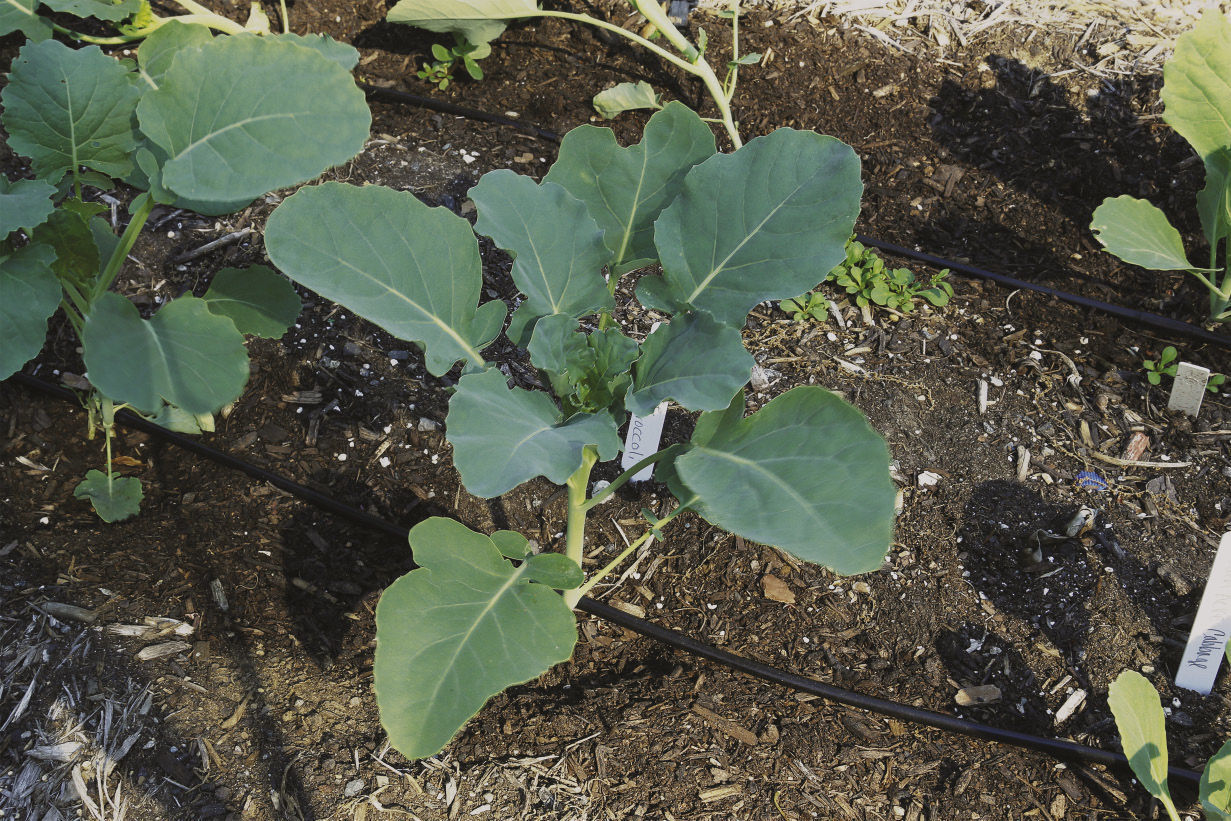
Regular watering will help promote healthy growth, while heat and drought stress can result in strong, bitter flavor and early bolting. Water at least once a week, and never allow the soil to dry out completely. In regions with cooler summers (typical daytime temperatures below 80°F), brassicas can be grown throughout the summer. In hotter climates, it is best to grow in spring or fall to avoid the summer heat.
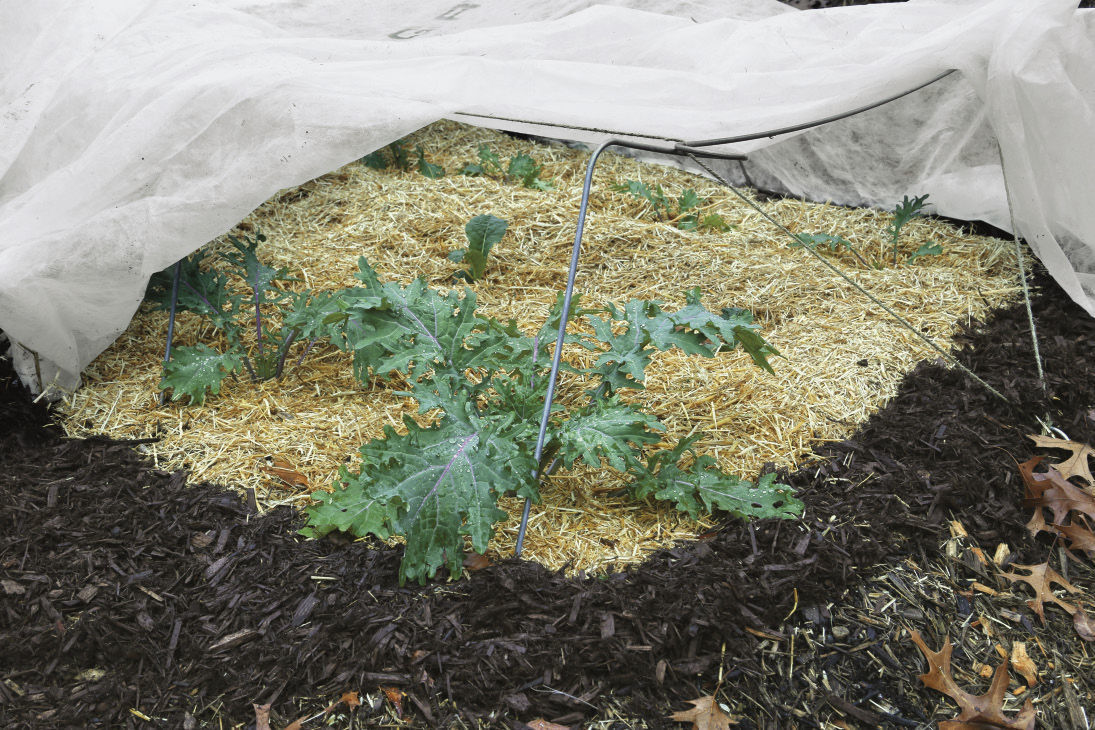
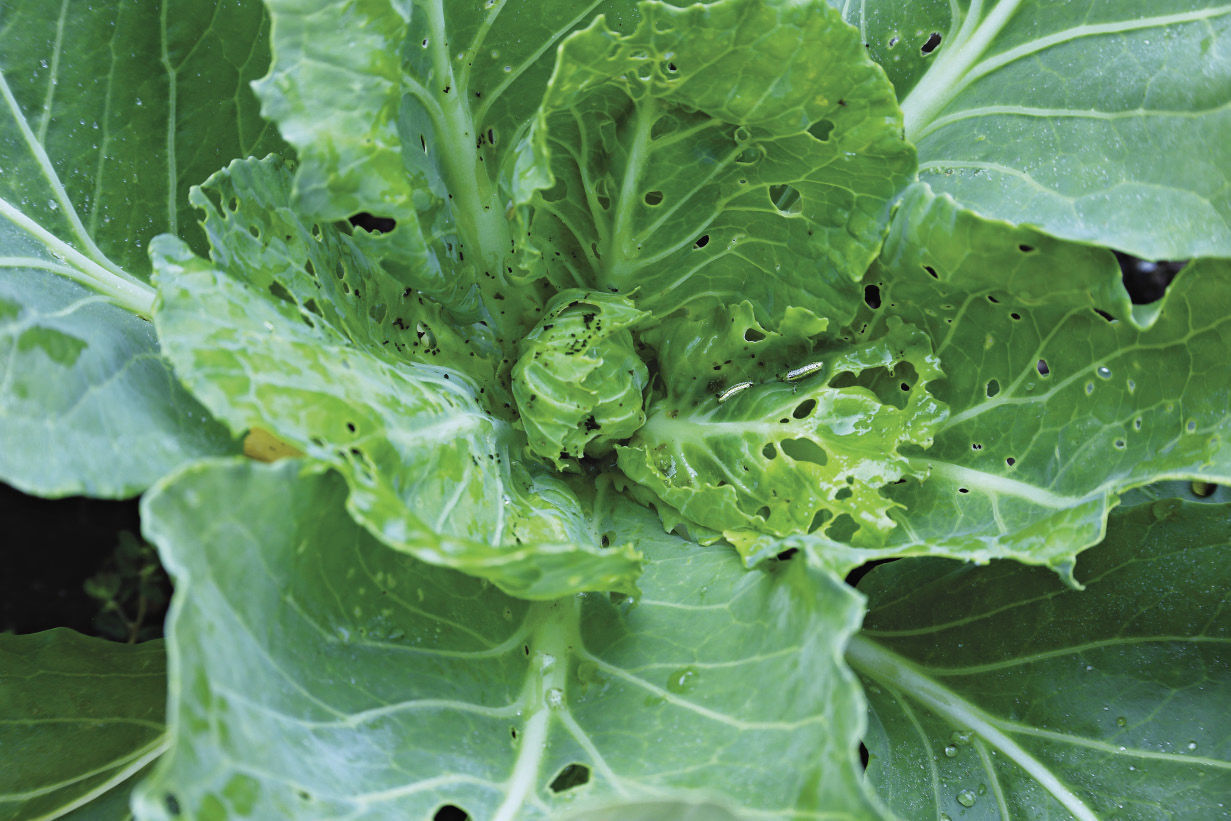
Flea beetles can be a problem pest in the Southwest, Mountain West, and Southern Plains. Elsewhere, caterpillars are the worst nuisance. Floating row covers can keep both kinds of pests away, as long as they are installed before the adults arrive and all edges are carefully covered with soil or mulch to hold them down. Bacillus thuringiensis (Bt) is a useful organic control for caterpillars, and Spinosad can be used for either caterpillars or flea beetles.
Whichever brassicas you decide to grow, be sure to harvest them young and fresh, as these veggies will not hold indefinitely in the field. Use succession planting for short-season crops, and rotate their location in the garden from year to year to keep pests at bay. Once you have achieved success with a few brassica varieties, you’ll find yourself inviting more of this big, healthy plant family into your garden.
Growing tip
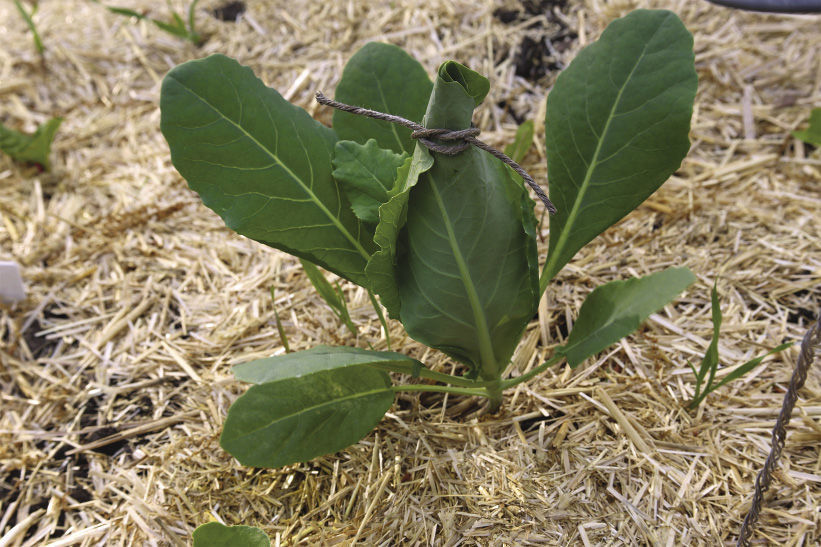
Get to Know the Relatives
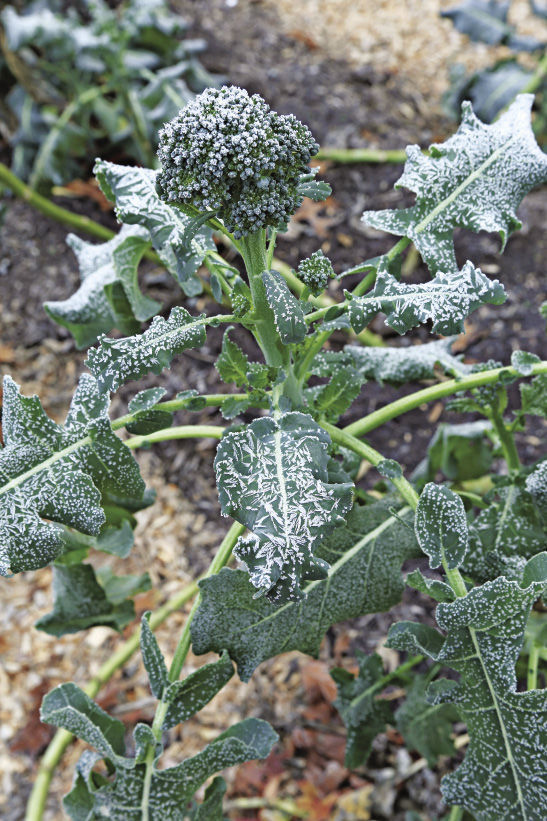
Longer-season crops like broccoli and Brussels sprouts grow more slowly and are more likely to be beset by hot weather. If your long-season brassicas must grow through the summer heat, be sure they have enough water to keep the soil from drying out.
Cauliflower is often considered the trickiest brassica to grow because it is very sensitive to heat and drought stress. If you’ve had trouble with this crop in the past, try growing a hybrid variety as a fall crop, starting seedlings indoors to avoid temperature spikes during the early stages of growth.
| Type | Species | Spacing (inches) | Mature height (inches) | Days to maturity | Growers’ notes | Recommended varieties |
| Broccoli | B. oleracea | 18–24 inches | 18–36 inches | 55–70 | Try growing a sprouting broccoli, which will produce many small side shoots after the main head is cut | ‘DeCicco’, ‘Waltham 29’ |
| Brussels sprouts | B. oleracea | 18–24 inches | 24–48 inches | 90–120 | This long-season crop must be started in spring or summer for a fall harvest | ‘Dagan’ F1 |
| Cabbage | B. oleracea | 12–24 inches | 18–24 inches | 60–120 | Types with smaller heads yield the perfect amount for a meal or two | ‘Farao’ F1, ‘Caraflex’ F1 |
| Cauliflower | B. oleracea | 18–24 inches | 18–24 inches | 55–95 | Needs very moist, fertile soil and even temperatures. Hybrids are easier to grow. | ‘Adona’ F1 |
| Collards | B. oleracea | 18–24 inches | 24–36 inches | 70–95 | Extremely cold tolerant and also more heat tolerant than other brassicas | ‘Champion’, ‘Georgia’ |
| Flowering broccoli/gai lan | B. oleracea | 8–16 inches | 8–10 inches | 50–55 | Produces tender leaves, stalks, and flower buds in spring and fall | ‘Te You’, ‘Hon Tsai Tai’ |
| Kale | B. oleracea | 12–18 inches | 24–36 inches | 55–75 | For baby greens, plant 60 seeds per foot in 2- to 4-inch bands | ‘Lacinato’ |
| Kohlrabi | B. oleracea | 8–12 inches | 6–12 inches | 45–60 | Harvest when small for the best flavor; inconsistent water can cause splitting | ‘Korridor’ F1 |
| Mustard greens | B. juncea | 8–12 inches | 6–18 inches | 30–40 | Spicy greens mature quickly and may be harvested young for salads | ‘Green Wave’, ‘Ruby Streaks’ |
| Mizuna | B. rapa | 8–12 inches | 6–12 inches | 30–40 | Feathery leaves have a mild, slightly peppery taste. Harvest young leaves for salad and larger ones for cooking | ‘Mizuna’, ‘Purple Mizuna’ |
| Bok choy/pac choi | B. rapa | 6–10 inches | 6–24 inches | 30–50 | Use baby greens in salads; mature heads are great stir-fried or braised | ‘Vivid Choi’, ‘Yukina Savoy’ |
| Broccoli raab/rapini | B. rapa | 4–6 inches | 12–24 inches | 40–50 | Harvest leaves, shoots, and flower buds as “cut and come again” greens | ‘Spring Raab’ |
| Salad turnip | B. rapa | 2–4 inches | 10–12 inches | 40–50 | Best when young and tender; crisp, sweet roots can be used like carrots | ‘Hinona Kabu’,‘Tokyo Market’ |
| Red/white Russian kale | B. napus | 12–18 inches | 24–36 inches | 20–50 | Sweet, tender leaves wilt quickly; best harvested immediately before use | ‘Red Russian’,‘White Russian’ |
Tom Stearns is the owner and founder of High Mowing Seeds in Wolcott, Vermont.
Photos by Carol Collins, except where noted; Bogdan Wankowicz/Shutterstock.com
Fine Gardening Recommended Products

Berry & Bird Rabbiting Spade, Trenching Shovel
Fine Gardening receives a commission for items purchased through links on this site, including Amazon Associates and other affiliate advertising programs.

Chapin International 10509 Upside-Down Trigger Sprayer
Fine Gardening receives a commission for items purchased through links on this site, including Amazon Associates and other affiliate advertising programs.

Corona High Performance Orchard Loppers
Fine Gardening receives a commission for items purchased through links on this site, including Amazon Associates and other affiliate advertising programs.






Comments
Log in or create an account to post a comment.
Sign up Log in